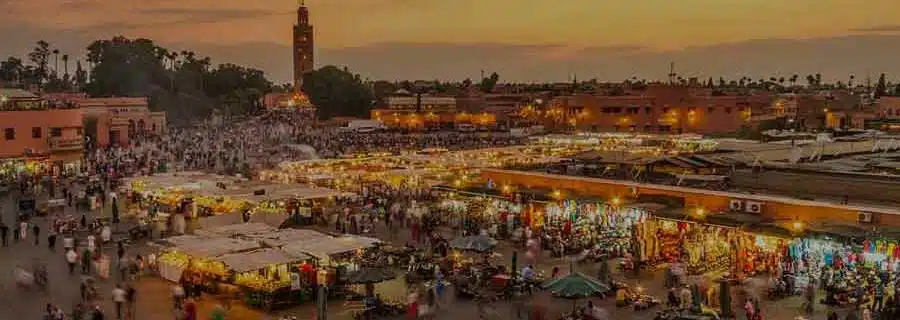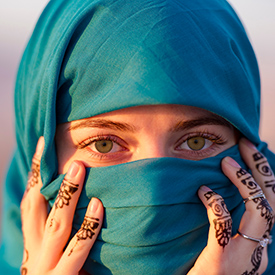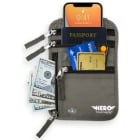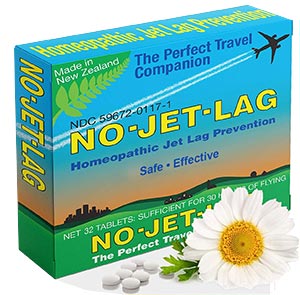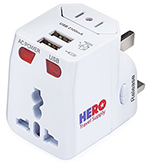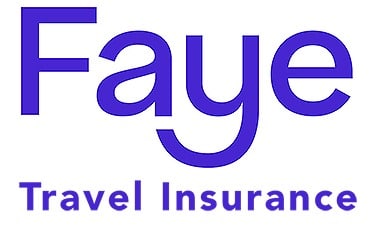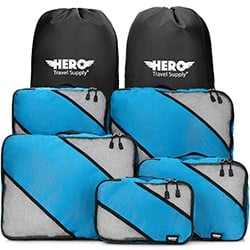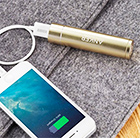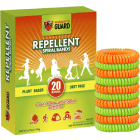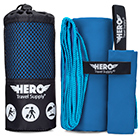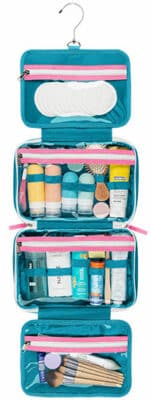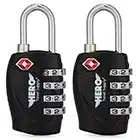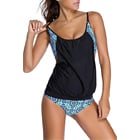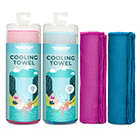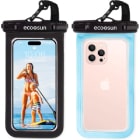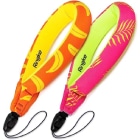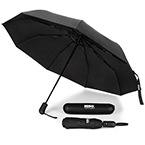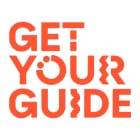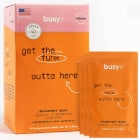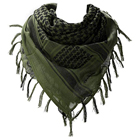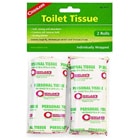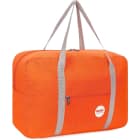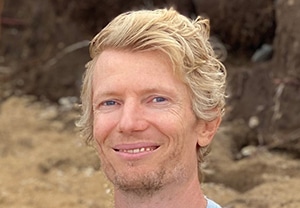It’s always a little tricky to figure out what to wear in a place with hot weather and a conservative culture. Clothing for Morocco must be modest, especially for women. With few exceptions, your shoulders, knees, cleavage, and midriff should stay covered, so leave things like miniskirts, shorts, and crop tops at home. T-shirts, tunic tops, and capri pants are all acceptable clothes for Morocco, as are longer skirts and dresses, and women will also want to bring a headscarf for visiting mosques. Expectations for men are more forgiving, but sleeveless shirts should be avoided; collared shirts and long pants are the ideal Morocco wardrobe for males.
For both men and women, you’ll want to bring nicer clothes than you might imagine. Especially in the cities, Moroccans tend to be fashionable and to dress up a bit. To stay as comfortable as possible in the hot weather, choose clothes made from lightweight, breathable fabrics. However, you’ll also want a light jacket for the evenings, as well as warmer clothes if you’re visiting in the winter or planning to go up into the mountains. Morocco also has some great hiking, so bring your activewear and clothes that are easily layered if you want to hit the trail.
The best footwear for Morocco will be comfortable walking shoes, whether they’re sneakers, loafers, or flats, and you’ll also probably want a pair of flip-flops or other sandals.

